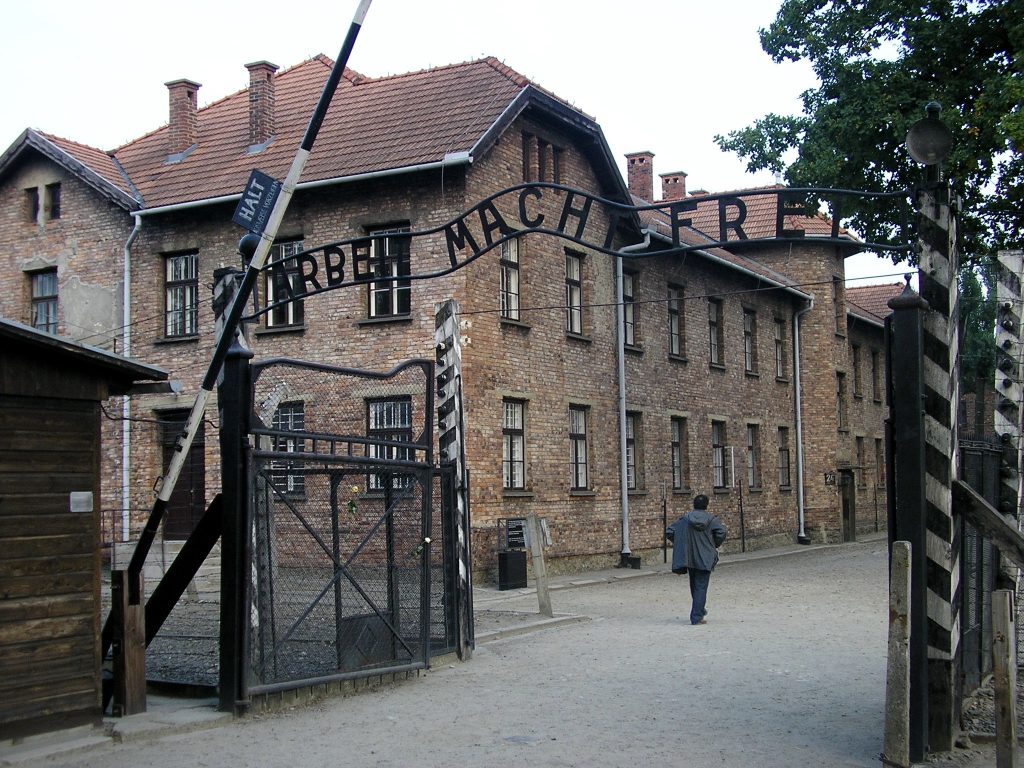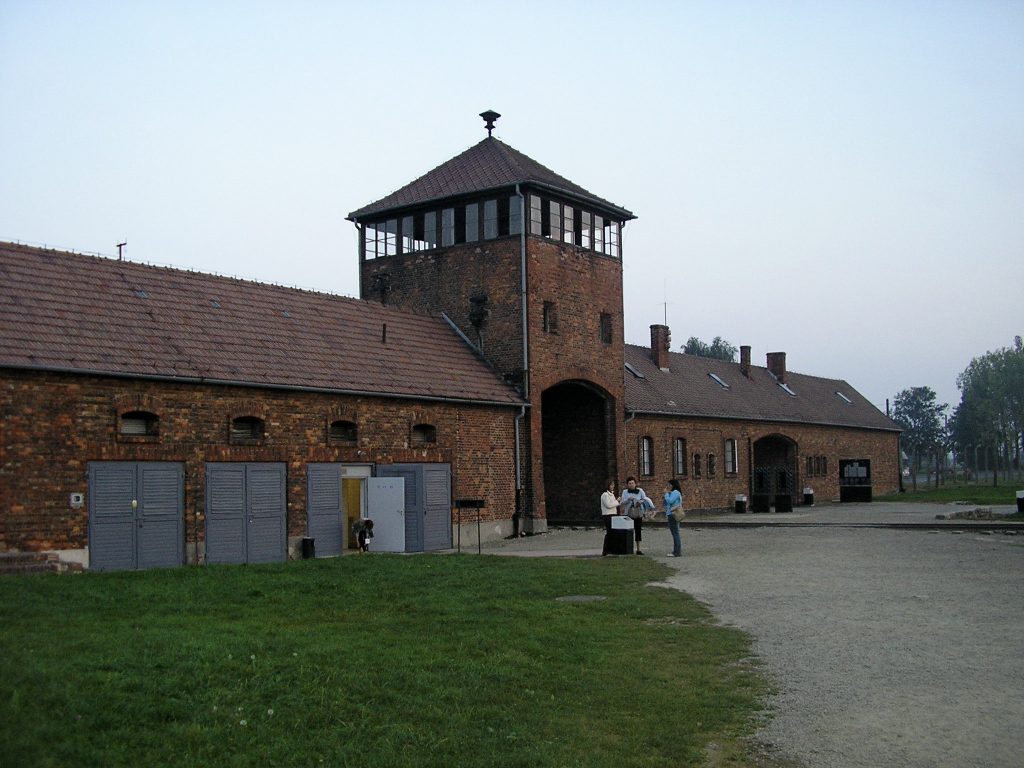International Holocaust Remembrance Day in Poland Posted by Kasia on Jan 27, 2017 in Places to visit
As many of you know, Poland was the first country invaded by Nazi Germany on September 1, 1939. With a stab in the back from the Soviet Union on September 17, Poland disintegrated within weeks as a sovereign state. Its western and northern territory was incorporated into the German Reich, the center and south became the German-occupied General Government, while its eastern regions were taken by the USSR. Polish soil became the place where millions of Jews perished during World War Two. Six German Nazi death camps were established on that soil. Our concern for the preservation of Holocaust sites and the memory of the Holocaust is a way to honour the victims and caution future generations. We also believe in the continuation of Polish-Jewish history of which the Holocaust was certainly not the last chapter.
Poland’s commitment to education, remembrance and promotion of Holocaust research is primarily determined by two factors: our history and our geographical location. Poland, not by its own will, was chosen by the Third Reich as the place where the Holocaust was to be perpetrated. Future victims were transported to the General Government from all corners of Europe and even North Africa. Hundreds of thousands of Polish Jews and those from other countries were herded into ghettos where they were decimated by hunger and disease. In December 1941 the first death center – Kulmhof – started to operate in what was called Warthegau (prewar western Poland). In 1942, after the Wannsee conference, the German occupation authorities started “Operation Reinhard” a plan to murder all Jews in the General Government. More death camps were built: Bełżec, Sobibór and Treblinka. Two concentration camps – Majdanek (KL Lublin) and Auschwitz-Bireknau (Oświęcim) – were partly transformed into extermination camps. The sites of all six former death camps are now in Poland.
On 27 January 1945, the advancing Red Army entered the Auschwitz-Birkenau extermination camp complex, liberating more than 7,000 remaining prisoners, who were for the most part ill or dying.
Days earlier, the SS had forced nearly 60,000 prisoners to evacuate the camp and embark on the infamous ‘Death Marches’, in which many thousands lost their lives.
The United Nations General Assembly passed Resolution 60/7 on 1 November 2005 to designate 27 January as the International Day of Commemoration in memory of the victims of the Holocaust (Międzynarodowy Dzień Pamięci o Ofiarach Holokaustu), the day upon which every year the world would mark and remember the Holocaust and its victims. 71 years on from the liberation of Auschwitz, it is more important than ever to remind ourselves of the universal lessons of the Holocaust and to foster a shared culture of remembrance.
In Poland both state and local government institutions, universities, research institutes and schools are extensively involved in Holocaust commemoration. State and local authorities honour the victims of the Holocaust – with special ceremonies held on January 27th and on April 19th (to commemorate the heroic Warsaw Ghetto Uprising). Many towns and cities have erected monuments in remembrance of the annihilation of the Jews who had lived in these places before the war. Such monuments or commemorating plates can be found, among other places, in Warsaw (i.a. Umschlagplatz and the Mordechai Anielewicz Bunker), Łódz, Kraków, Kielce, Lublin, Zamość, Białystok, Góra Kalwaria , Otwock, Tykocin, Wielkie Oczy, Chmielnik, Płońsk, Szydłowiec and in Jedwabne, where a monument to the memory of the Jews murdered by their Polish neighbours in 1941 was placed in 2001.
The Centre for Education Development annually reminds teachers of the upcoming Holocaust Remembrance Day by placing a note on its Internet websites (www.ore.edu.pl and www.polska-izrael.edu.pl) about the history of the establishment of this commemoration and about the ceremonies taking place at the Auschwitz-Birkenau Museum. ORE encourages schools to take action to commemorate the Holocaust on 27 January as well as carry out long-term activities aimed at combating racism, antisemitism and intolerance.
Secondary schools in Poland have been able to participate in numerous programs run by the Centre for Education Development for over ten years now. One of them is the “Memory for the Future” project, run since 2003 in cooperation with the Children of the Holocaust Association. It offers support to schools and preparation for the organisation of educational undertakings related to the Day of Holocaust Remembrance and Prevention of Crimes Against Humanity, which is celebrated in Poland on April 19th, the day the Warsaw Ghetto Uprising broke out in 1943. The project consists of two parts: 1) training for secondary education (middle school) and further education (high school) teachers; 2)implementation of educational projects dealing with the Holocaust Remembrance Day. A series of educational classes and the involvement of schools in Holocaust Remembrance Day ceremonies are the best way to arouse young people’s interest in the difficult past. Such actions disclose to students the tragedies and difficult choices of those times and a broader context of those events, reveal the positive and negative sides of human behaviour in extreme situations, and shape social conduct, sensitivity and empathy.
Let’s all remember, today is the day people gather across the world to remember those who lost their lives.

Build vocabulary, practice pronunciation, and more with Transparent Language Online. Available anytime, anywhere, on any device.






